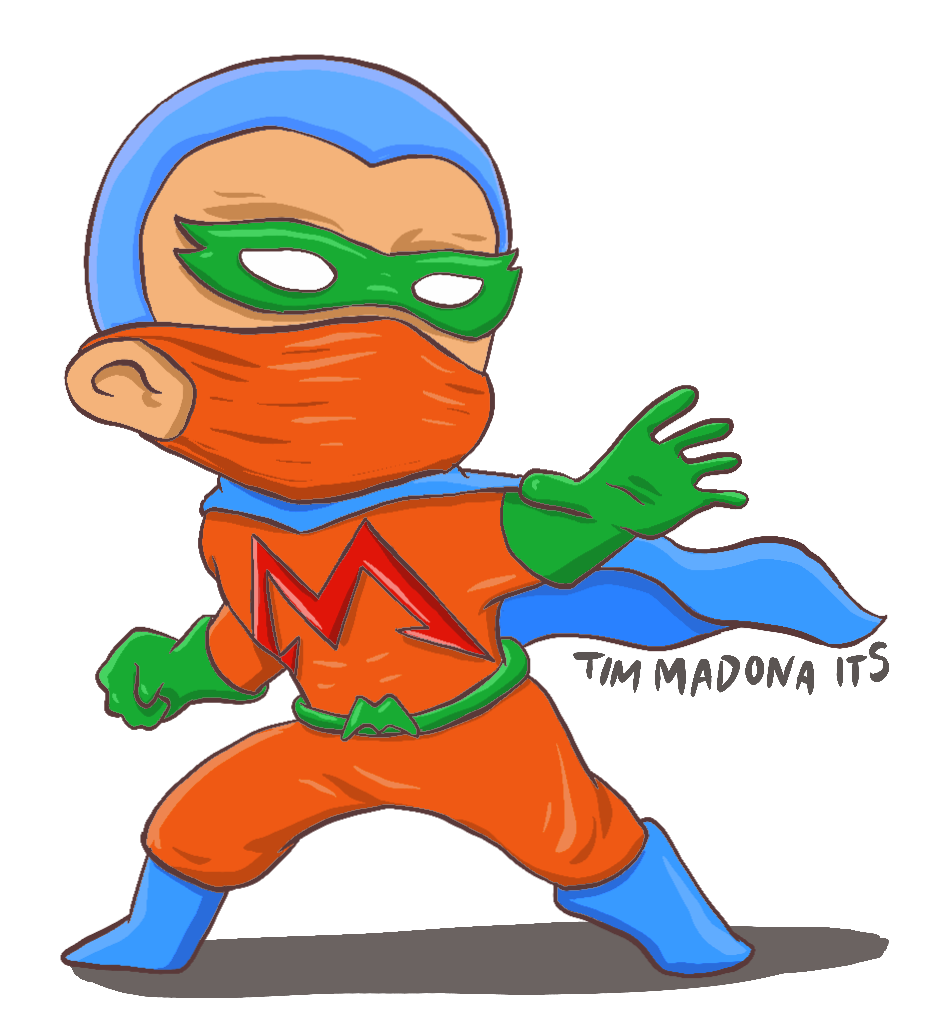- Lalu Muhamad Jaelani Department of Geomatics Engineering, Institut Teknologi Sepuluh Nopember, Surabaya 60111, Indonesia
- Benedict Department of Geomatics Engineering, Institut Teknologi Sepuluh Nopember, Surabaya 60111, Indonesia
- Diah Ardiani Department of Geomatics Engineering, Institut Teknologi Sepuluh Nopember, Surabaya 60111, Indonesia
- Mangapul Parlindungan Tambunan Department of Geography, Faculty of Mathematics and Natural Sciences (FMIPA), Universitas Indonesia, Depok 16424, Indonesia
- Mochamad Indrawan Department of Biology, Faculty of Mathematics and Natural Sciences (FMIPA), Universitas Indonesia, Depok 16424, Indonesia
- Andri A. Wibowo Department of Biology, Faculty of Mathematics and Natural Sciences (FMIPA), Universitas Indonesia, Depok 16424, Indonesia
As an endangered species, Anoa (Bubalus depressicornis and Mountain Bubalus quarlesi) inhabiting the Sulawesi island requires proper conservation both in and out of their native habitat. The study of anoa habitat is mainly conducted through field studies based on firsthand observations of anoa appearance, footprints, or excrement or through social surveys from residents who saw it directly. The studies are carried out specifically in a particular area with a relatively narrow. However, in practice, this method has limitations, such as the research location determined based on the possibility of anoa, limited research area, and inefficient use of resources. Therefore, this study aimed to model the potential habitat of anoa in the whole of Sulawesi island. This study was based on physical and environmental independent variables such as DEM, surface slope, LST, NDVI, and access to inland water, as well as in-situ species distribution retrieved from scientific papers and reports. This study discovered the likely anoa distribution on Sulawesi island, both inside and outside of its native habitat. LST is the most important independent variable in determining habitat suitability, accounting for 80% of the total, followed by water (15.3%), NDVI (2.9%), DEM (1.6%), and slope (0.3%).
Sebagai spesies yang terancam punah, Anoa (Bubalus depressicornis and Mountain Bubalus quarlesi) yang menghuni pulau Sulawesi membutuhkan konservasi yang tepat baik di dalam maupun di luar habitat aslinya. Kajian habitat anoa terutama dilakukan melalui studi lapangan berdasarkan pengamatan langsung terhadap penampakan, jejak kaki, atau kotoran anoa atau melalui survei sosial dari warga yang melihatnya secara langsung. Kajian-kajian tersebut dilakukan secara khusus pada suatu wilayah tertentu dengan jarak yang relatif sempit. Namun dalam prakteknya, metode ini memiliki keterbatasan, seperti lokasi penelitian ditentukan berdasarkan kemungkinan adanya anoa, daerah penelitian yang terbatas, dan penggunaan sumber daya yang tidak efisien. Oleh karena itu, penelitian ini bertujuan untuk memodelkan potensi habitat anoa di seluruh pulau Sulawesi. Studi ini didasarkan pada variabel independen fisik dan lingkungan seperti DEM, kemiringan permukaan, LST, NDVI, dan akses ke perairan pedalaman, serta distribusi spesies in-situ yang diambil dari makalah dan laporan ilmiah. Kajian ini menemukan kemungkinan sebaran anoa di pulau Sulawesi, baik di dalam maupun di luar habitat aslinya. LST adalah variabel independen yang paling penting dalam menentukan kesesuaian habitat, terhitung 80% dari total, diikuti oleh air (15,3%), NDVI (2,9%), DEM (1,6%), dan kemiringan (0,3%).

Tinggalkan komentar